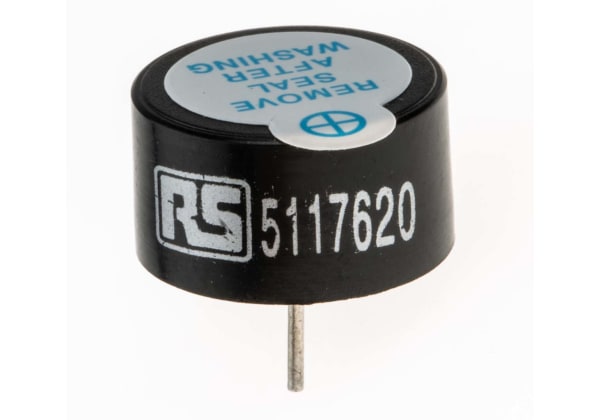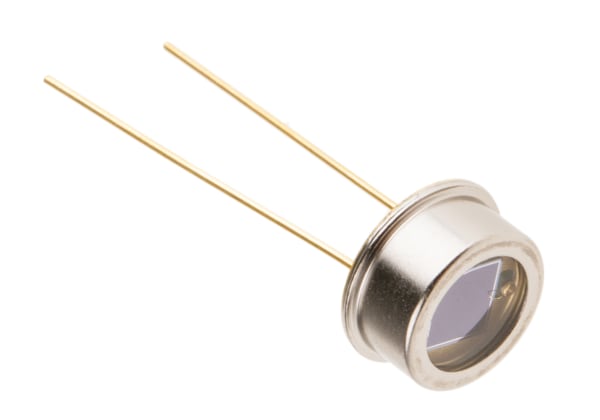- Published 23 Jul 2024
- Last Modified 23 Jul 2024
- 5 min
Wireless Charging and the Technology Behind It
Want to charge a portable device without using a plug? That’s where wireless charging systems come in. Read this guide to find out more about this charging technology and its applications.
Reviewed by Peter Kendall, Technical Support Engineer (June 2024)
What is wireless charging? Imagine a wi-fi system transmitting electrical power instead of data, and you’re thinking of something akin to wireless charging. With wireless charging, instead of relying on a cable to transfer power, the battery in a portable device can be charged by placing the device on a wireless charging system. Because these systems can be interoperable with Bluetooth and other near-field communications technology, this means mobile phones that are paired together can charge each other up, too.
Wireless charging relies on principles of electromagnetic induction discovered in the 19th century by English scientist Michael Faraday. Its applications are numerous, including not just mobile phones but also tablets, portable media players, digital cameras, and wearable electronics such as smartwatches. On a larger scale, electric vehicles can also be charged using wireless charging technology.
One common question is how efficient is wireless charging compared to traditional charging methods. The answer is that wireless charging is about 70% efficient. The energy that is lost during charging dissipates as heat, which is why your mobile phone may feel warm to the touch during the charging process.
What are Wireless Charging Systems?
A wireless charging system in a mobile phone contains a receiver that generates current when the phone is placed on a wireless charging station. The latest smartphones now often contain wireless charging technology, and wireless charging systems are increasingly being included in the built environment, leisure facilities such as hotels and bars, and transport hubs.
The most common wireless charging standard is known as the Qi standard (pronounced ‘chee’ – the name means ‘lifeforce’ in Chinese), an internationally recognised interface for induction charging that is used by more than 350 manufacturers worldwide. The open Qi standard allows portable devices made by different companies to be connected to Qi chargers from different manufacturers.
In 2012, Nokia adopted the Qi standard in its Lumia 920 model, while Toyota also developed a Qi standard-based charging system for its hybrid petrol-electric Avalon sedan in 2013.
Today, wireless charging systems are not just used to charge mobile phones. Manufacturers are experimenting with wireless charging of EVs. There are also wirelessly charged power tools, medical devices, and domestic appliances on the market.
Some portable devices now feature reverse wireless charging. What is reverse wireless charging? It’s where a phone can be used to charge other phones or electronics devices wirelessly.
How Does Wireless Charging Work?
So, how does wireless charging work? Wireless charging typically relies on induction charging, in which a charging station sends an electric current through an internal induction coil. This creates a magnetic field, which in turn generates electric current in an induction coil within the portable device; current usable for charging or operation without the need for a cable.
Types of Wireless Charging
Induction charging is commonly used to power smartphones, smartwatches, earphones, and other consumer electronics, but it’s not the only type of wireless charging technology out there. Radio frequency charging employs radio waves to transmit energy, while resonant inductive charging works over bigger distances than induction charging.
Inductive Wireless Charging
Inductive wireless charging (or induction charging) uses the science of electromagnetic induction to work. Although electricity can be transferred from the charger to the device without wires, typically the charger and the device need to be close to each other or touching. This means induction charging is what’s known as a ‘near field’ technology.
Qi Wireless Charger
What is Qi wireless charging? The Wireless Power Consortium launched the Qi standard in 2009. The standard relies on closely coupled electromagnetic induction, with the portable device placed on top of the coil on the Qi wireless charger. The advantage of the Qi wireless charger is that it can be used with any Qi-compatible portable device. For example, you can use a Samsung Qi wireless charger to charge an Apple iPhone.
Resonant Wireless Charging
Resonance, or resonant, wireless charging is similar to induction charging. Resonance or resonant chargers work by using oscillating current in a highly resonant coil combined with a capacitor. Like induction charging, this creates an electromagnetic field. A second coil and capacitor (a resonant circuit) in the device operating at the same frequency takes the power and converts it back into electrical current.
Resonance charging is advantageous for applications where longer distances are needed between the charging station and the device being charged. One charger can also charge several devices at the same time. One disadvantage of resonance wireless charging technology is that it is more complicated than induction charging and requires extra components.
How to Use a Wireless Charger
Wondering how to use a wireless charger? Wireless charging pads are designed to be straightforward to use. First, connect the charging pad to a source of power. Next, put the charging pad on a flat surface. Place the device you are charging on the centre of the charging pad with the display facing upwards. Your device should start to charge automatically.
Wireless Charging Applications
Wireless charging made its big breakthrough in consumer electronics, especially mobile phones. Today, wireless charging is used to charge many other types of portable electronic devices like tablets, digital cameras, and smartwatches. Car manufacturers have also been experimenting with the potential of wireless charging for EVs for some years. In the industrial space, that effort continues with examining the possibility of wireless charging of forklift trucks and other electrified handling equipment.
The Future of Wireless Charging
Electric vehicles are a key area for development when it comes to the future of wireless charging. Wireless charging has the potential to make it possible to embed a wireless charging system in the floor of a garage, or in the road, doing away with the need for a charger using cables and plugs.
As wireless charging technology develops, manufacturers will focus on greater wireless charging efficiency and speed while dealing with bigger power outputs. And when it comes to resonance charging, the focus will be on charging across greater distances.
In short, with the ever-increasing electrification of the economy, wireless technology will play a key role in making charging safe, convenient, and cable-free.
Do you need charging equipment? We’ve got you covered. Explore RS’ range of power bankshere.
Related Articles
Related links
- Understanding Embedded Systems
- Wireless Charging Coils
- ROHM Wireless Charging Coil Receiver
- Wurth Elektronik WE-WPCC Wireless Charging Coil Transmitter 6A 47.5mm dia.
- Molex Wireless Charging Coils
- Wurth Elektronik WE-WPCC Wireless Charging Coil 5A, 8 μH
- Wurth Elektronik WE-WPCC Wireless Charging Coil Transmitter 20A, 19.5 μH
- Molex 146179 Wireless Charging Coil Receiver, 8.9 μH



